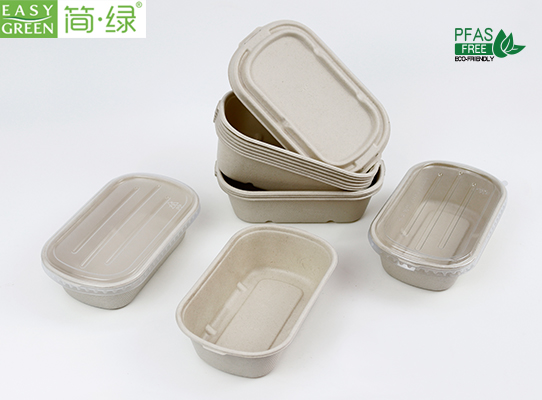In the past 100 years, plastic has brought great convenience to people's life, but at the same time, it has also produced serious environmental problems. Hundreds of millions of tons of plastic waste flow into all aspects of our lives like a tide, and occupy and pollute the living environment of various organisms through landfills and incineration.
Ⅰ. Stress analysis:
1. Pressure during production
Petroleum can be cracked to obtain ethylene, which is the basic raw material for synthetic plastics and other organic substances. Petroleum resources are limited. With the expansion of the scope and amount of plastics used, there is a contradiction between the increasing consumption of petroleum resources and the increasingly depleted petroleum resources.
2. Stress during processing
(1) Large scale of use
Although my country's plastics industry developed relatively late, it has become a major country in the production, consumption and import and export of plastics. The main sources of waste plastics in my country include plastic films, daily plastic products, plastic bags and agricultural mulch. With the increasing consumption of plastic products, more and more waste plastics need to be properly disposed of.
(2) Policy Restrictions
At present, the laws and regulations on the recycling of waste plastics are still quite imperfect. The increasing number of waste plastics urgently requires the establishment and improvement of relevant management systems and the strengthening of government supervision.
(3) Technical Level Restrictions
At present, the main treatment methods for waste plastics in my country are still sanitary landfill and incineration. However, plastic products are difficult to degrade in the natural environment, and incineration produces harmful gases, which cannot achieve effective secondary utilization. Manual recycling, centralized re-sorting and processing are the main modes of plastic recycling. However, plastic products are becoming more and more diverse in terms of raw material properties and performance, making recycling more difficult. In order to achieve the desired recycling effect, it is necessary to carry out more detailed identification and classification of waste plastics.
(4) Limitations of Environmental Awareness
In terms of convenience and environmental protection, more people will still choose convenience; in addition, the sorting method mentioned in the technical limitation also requires people to have a high awareness of environmental protection before it can be implemented, but the awareness of sorting plastics in practice has not been deeply rooted in the hearts of the people. . Plastic recycling also requires greater environmental awareness.
Ⅱ. Impact of Environmental Deterioration on Human Welfare
The impact of microplastics is by no means limited to marine life, as the particles continue to decrease in diameter, these particles are entering the food chain. The results of a study published by the University of Hull in the United Kingdom showed that microplastics or other residues were found in mussels along the coast of the United Kingdom and in many supermarkets. The Institute of Earth Ecology and Environment at Arizona State University in the United States tested 259 bottled water from 11 leading global brands in 2018 and found that about 93% showed signs of microplastic pollution, with an average of 325 tiny plastic particles per liter of water. These research results are full of irony: humans who claim to be at the top of the food chain are ingesting water and food containing microplastics every day, and even due to the enrichment of the food chain, the intake is much higher than other organisms.
While some plastic waste pollutes the land and marine environment, it also decomposes into particles smaller than ordinary plastic particles, floats in the air, enters the human body through the respiratory tract, and is more harmful than automobile exhaust.
 English
English 






